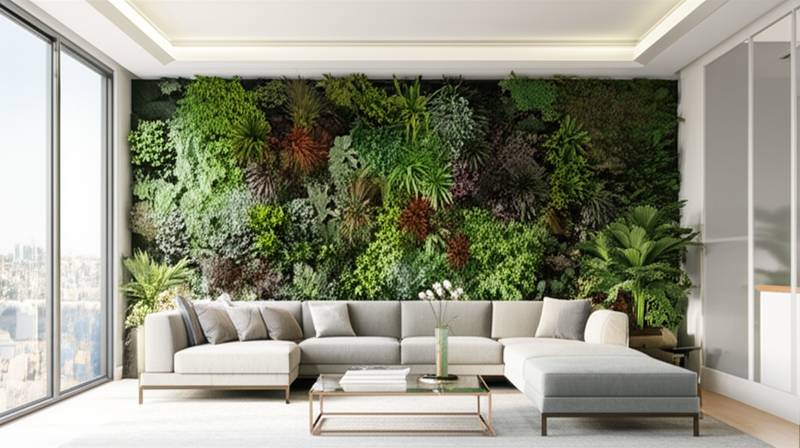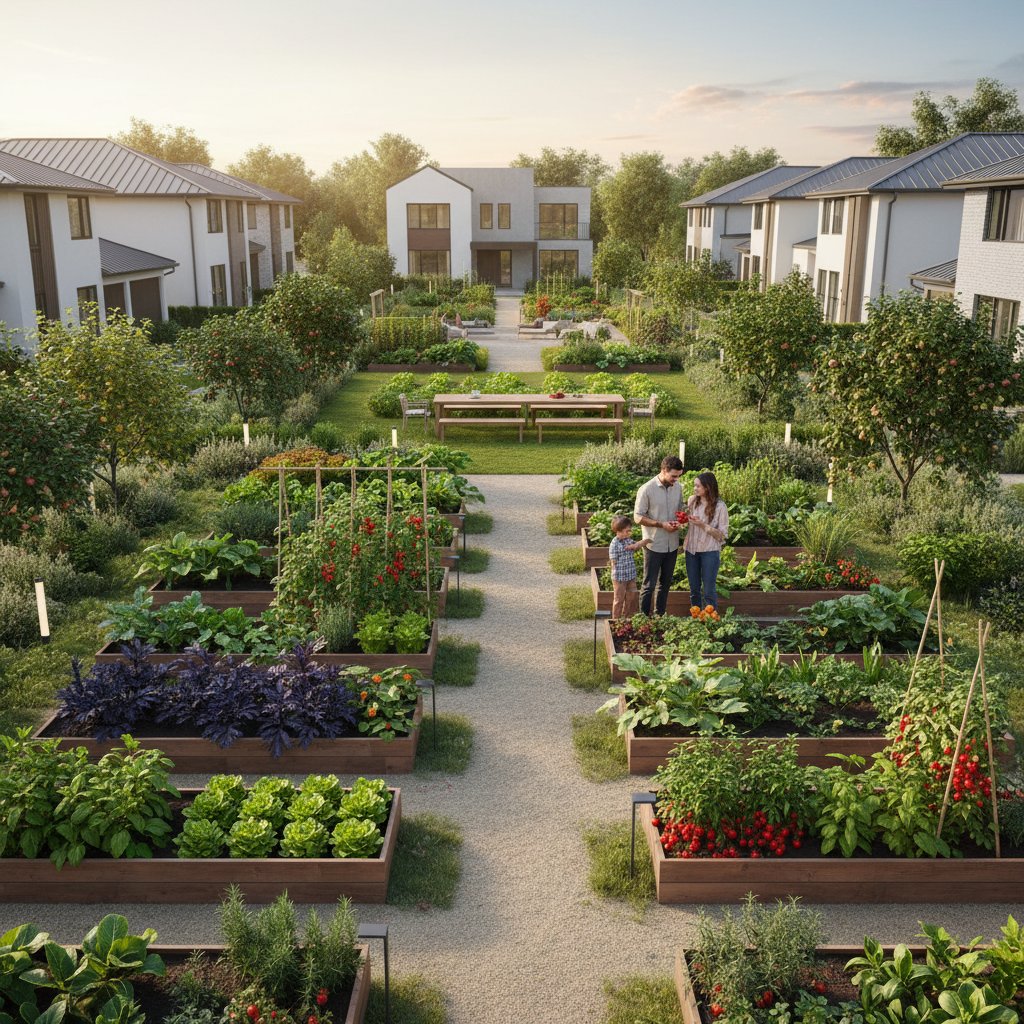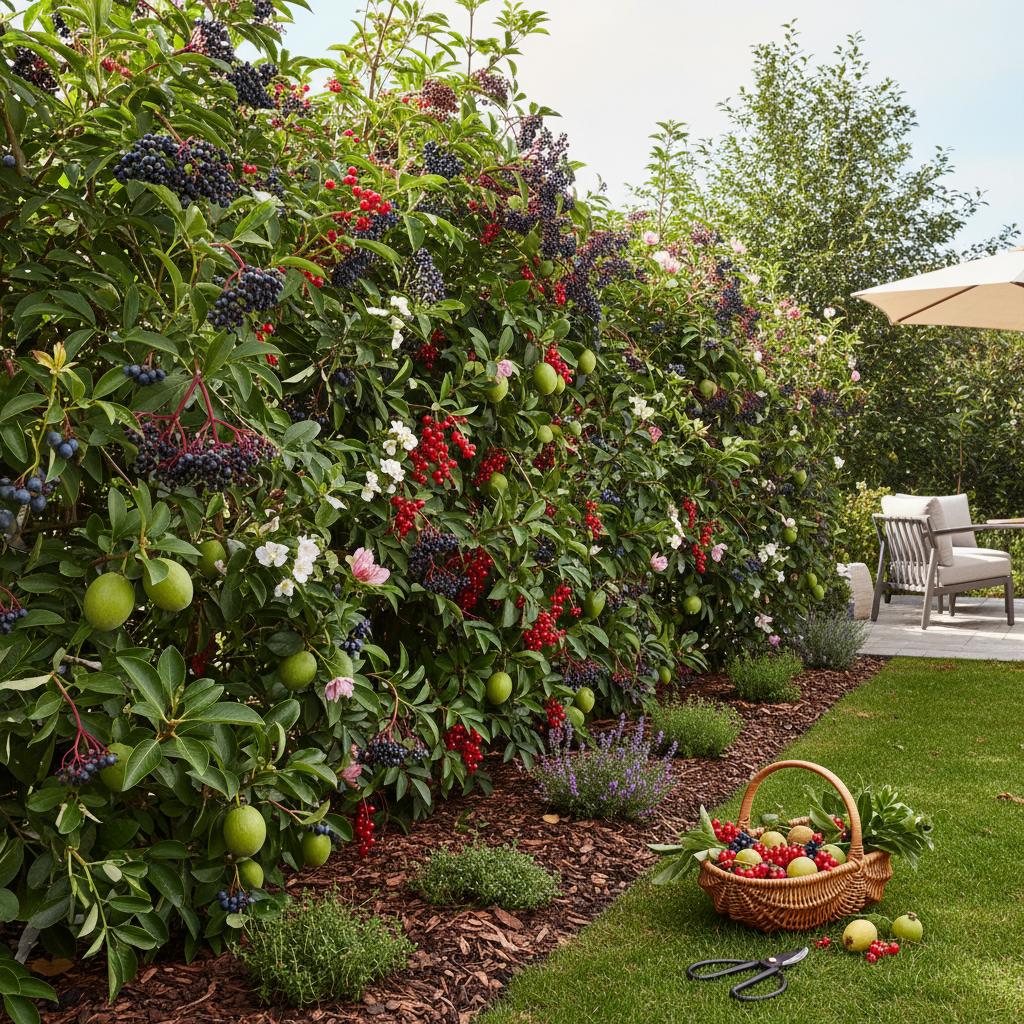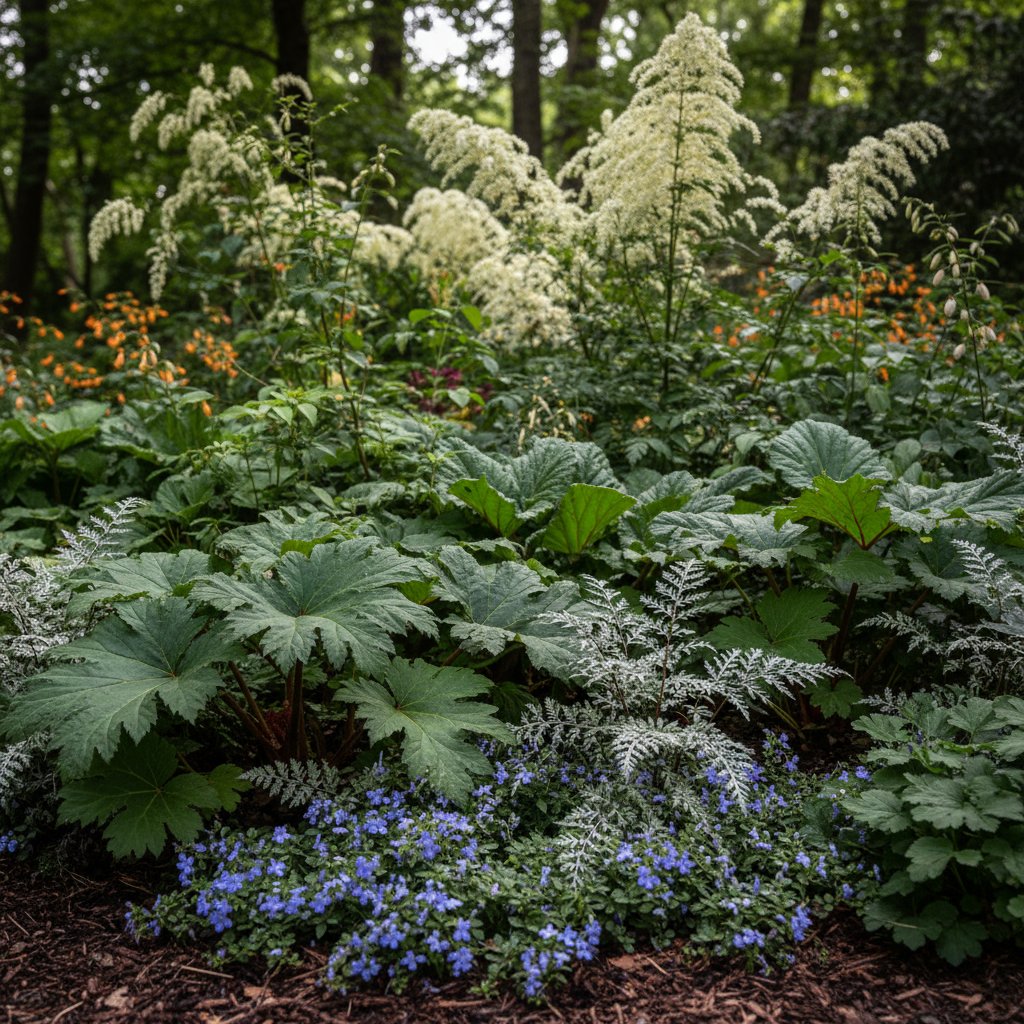Which Wins on ROI: Living Walls or Green Roofs in 2025?
Gardens reveal priorities in space, nature, and everyday experiences. Homeowners increasingly inquire about living walls and green roofs to integrate greenery into structures. These features soften urban edges and elevate property ambiance. Determining the superior return on investment requires evaluating financial gains alongside lifestyle enhancements.
Defining Living Walls and Green Roofs
A living wall features plants arranged on a vertical panel, transforming plain surfaces into vibrant displays of foliage and blooms. This system includes modular panels, irrigation lines, and support frames to sustain growth. Green roofs, by contrast, involve layering vegetation, soil, and waterproofing over rooftops. Options range from extensive setups with shallow soil for sedums and grasses to intensive designs supporting walkways and deeper plantings.
Living walls provide bold, immediate visual appeal in confined areas like balconies or interior walls. Green roofs operate discreetly atop buildings, delivering benefits such as thermal regulation and extended roof longevity. Each method reconnects inhabitants with natural elements, though their applications differ by site constraints and design goals.
Analyzing Installation Costs and Financial Returns
Initial costs for living walls typically range from 150 to 300 dollars per square foot, depending on plant selection and system complexity. Modular hydroponic versions suit urban rentals, while soil-based installations offer permanence for owned properties. Maintenance expenses include nutrient solutions and occasional panel replacements, averaging 10 to 20 percent of initial costs annually.
Green roofs present higher upfront investments, often 200 to 400 dollars per square foot for extensive types, with intensive variants exceeding 500 dollars. These systems recoup expenses through energy reductions of 15 to 30 percent on heating and cooling bills in temperate climates. Roof lifespan extends by 20 to 30 years, postponing replacement costs and enhancing resale value by up to 10 percent in eco-conscious markets.
Financial ROI for green roofs materializes over 5 to 10 years via utility savings and durability gains. Living walls yield quicker aesthetic returns, boosting curb appeal and potentially increasing property listings by 5 to 8 percent in competitive neighborhoods. Consider local incentives, such as tax credits for sustainable features, to offset expenses.
Evaluating Maintenance Demands
Both installations require ongoing care to thrive. Green roofs necessitate biannual inspections for drainage clogs and root intrusion, plus seasonal fertilizing for plant health. In arid regions, automated drip irrigation prevents soil drying, with water usage comparable to a small lawn.
Living walls demand weekly checks on moisture levels and monthly pruning to remove spent growth. Integrated sensors can alert to irrigation failures, minimizing downtime. Opt for drought-tolerant species like pothos or ferns to reduce labor; professional servicing costs 50 to 100 dollars per visit for larger arrays.
For minimal effort, select green roofs with self-seeding natives that suppress weeds naturally. Enthusiastic gardeners may prefer living walls, allowing customization with edibles such as basil or strawberries for harvestable yields.
Assessing Environmental and Visual Benefits
Green roofs mitigate urban heat islands by absorbing 70 percent less solar radiation than traditional surfaces, cooling ambient temperatures by 2 to 5 degrees Fahrenheit. They retain up to 75 percent of rainfall, easing stormwater burdens on municipal systems, and foster biodiversity with nectar-rich plants attracting bees and butterflies.
Living walls filter airborne pollutants, improving indoor air quality by 20 to 30 percent near high-traffic zones. Their dense foliage dampens noise by 5 to 10 decibels, creating serene outdoor retreats. Visually, they add vertical interest, expanding perceived space in tight lots through layered textures and seasonal color shifts.
From an interior perspective, green roofs insulate against extremes, reducing summer heat gain and winter heat loss for consistent comfort. Living walls frame views, infusing living areas with greenery that promotes relaxation and productivity.
Selecting the Ideal Option for Your Property
Assess your site first: evaluate roof load capacity for green roofs or wall orientation for living walls receiving adequate light. Budget for professional assessments to ensure structural compatibility. Lifestyle factors matter; active families benefit from accessible green roof terraces, while professionals favor low-profile living walls.
Calculate personalized ROI using tools like energy audits to project savings. Prototype with small-scale trials, such as a 10-square-foot wall panel or rooftop sedum mat, to gauge integration before full commitment.
Integrating Greenery for Lasting Value
Implement chosen features thoughtfully to maximize returns. Coordinate plant palettes with existing landscapes for cohesive appeal, using evergreens for year-round structure and perennials for dynamic change. Monitor performance annually, adjusting irrigation or plantings as needed.
Ultimately, these investments enrich living environments beyond monetary metrics. They cultivate spaces that nurture well-being, blending architectural innovation with natural resilience for enduring satisfaction.



